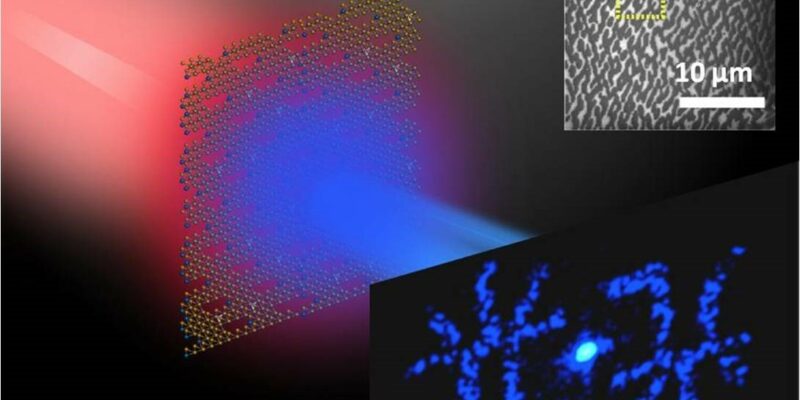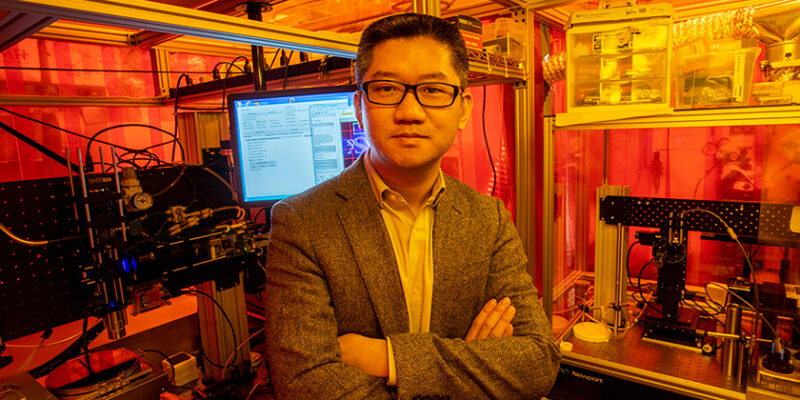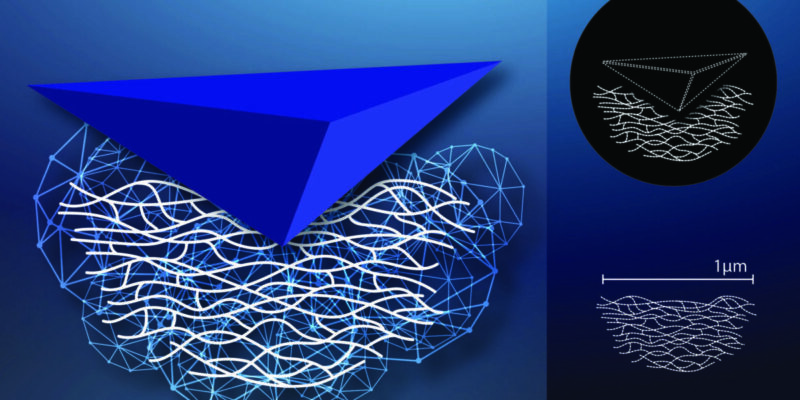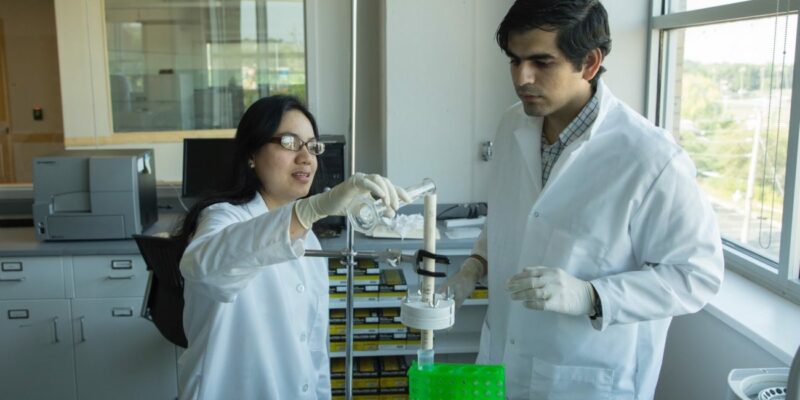Tag: nanotechnology
Researchers realize world’s thinnest optical hologram with 2-D material monolayer
Missouri S&T researchers are demonstrating a new concept to reconstruct holographic images by using a single two-dimensional material monolayer with the thickness of less than one nanometer. Their work could lead to the creation of smart watches with holographic displays, printed security cryptograms on bank notes and credit cards, and new possibilities for data storage. […]
Read More »Heng Pan receives NSF CAREER award to advance nanomanufacturing research
Dr. Heng Pan, assistant professor of mechanical and aerospace engineering at Missouri S&T, has received a big boost from the National Science Foundation (NSF) to support his efforts to create large-scale nanostructures from very small nanocrystals. He received a five-year, $500,000 NSF Faculty Early Career Development (CAREER) Award in support of research to develop a new approach for direct fabrication of functional nanostructures from multiple materials.
Read More »Building better aerogels by crushing them
Strong, flexible and ultralight aerogels are used in a wide variety of products, from insulation for offshore oil pipelines to parts for space exploration missions. Now, aerogels are undergoing a paradigm shift due to a breakthrough in the understanding of their mechanical properties at the nanoscale level.
Read More »Missouri S&T biochemical engineer patents low-cost method of removing bacterial toxins from fluids
By some estimates, 18 million people die each year from sepsis triggered by endotoxins – fragments of the outer membranes of bacteria. A biochemical engineer at Missouri S&T has patented a method of removing these harmful elements from water and also from pharmaceutical formulations. Her goal: improve drug safety and increase access to clean drinking water in the developing world.
The technique, as outlined in a July 2016 article in the journal Nanotechnology, involves a one-step phase separation method, using a syringe pump, to synthesize the nanoparticles. Those polymer nanoparticles have a high endotoxin removal efficiency of nearly 1 million endotoxin units per milliliter of water, using only a few micrograms of the material.
New MXene materials could capture wasted frictional energy from smartphones, and more
Imagine that every time you tapped out a message on your smartphone, it would create electric power instead of sapping your phone’s battery. That scenario could one day be a reality, according to a researcher at Missouri S&T.
Read More »Simpler process to grow germanium nanowires could improve lithium-ion batteries
Researchers at Missouri University of Science and Technology have developed what they call “a simple, one-step method” to grow nanowires of germanium from an aqueous solution. Their process could make it more feasible to use germanium in lithium-ion batteries.
Read More »Missouri S&T students learn nanobiotechnology in Taiwan
Pairing quantum dots with a protein transporter, a group of students from Missouri University of Science and Technology hopes to develop a more effective and efficient drug delivery method.
Read More »UMR chemist is one of 15 to receive international Nano 50 award
Dr. Nicholas Leventis, professor of chemistry at the University of Missouri-Rolla, is one of 15 innovators included in the 2007 Nano 50 Awards presented by Nanotech Briefs magazine, the publication announced Thursday, June 14. Leventis is being recognized for his groundbreaking research in the development of polymer cross-linked aerogels.
Read More »


